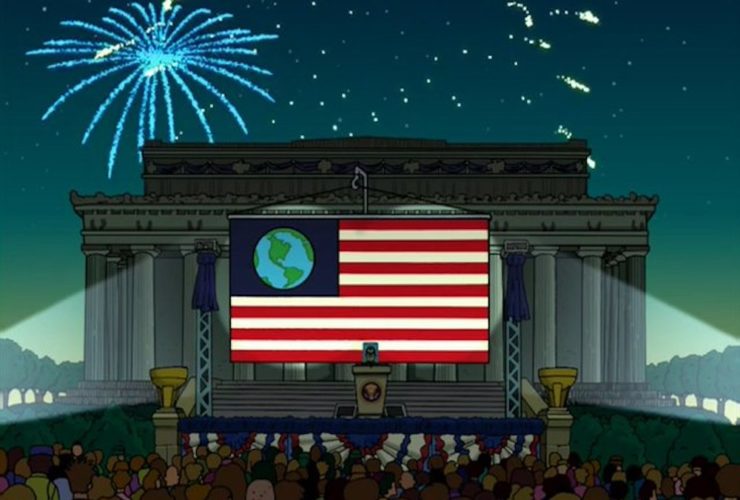From the perspective of a foreigner, there’s a baffling lacuna in American science fiction.
The U.S. has moats on three sides, an arctic desert to the north and a somewhat warmer desert to the South. It outnumbers its immediate neighbours; those times it has actually lost wars have been erased from memory; and yet…in SF, it’s a nation doomed to splinter, to be crushed by enemy troops, scorched off the face of the Earth, or absorbed into a bland world state. It’s been supine under the unstoppable might of Grand Fenwick, streamlined thanks to rapacious Canadian imperialists benefactors, or covered in ineradicable crab-grass.
Isn’t it possible that the U.S. might turn out to be as durable as Rome, China, or Ancient Egypt? That something continuous with the United States could be puttering around in the 45th century? I have wracked my fannish brain for examples of such a U.S., but so far have dredged up only the following books:
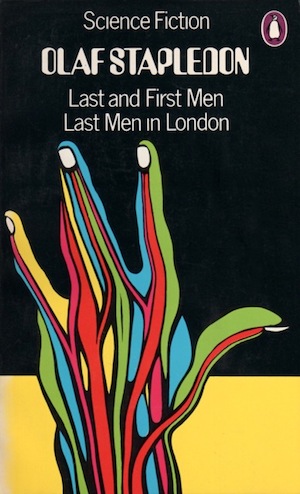
Olaf Stapledon’s Last and First Men fast-forwards through two billion years of human evolution. In that book, the U.S. establishes a world state. It’s not a nice U.S. (it depopulates Europe in a fit of pique). It’s not entirely clear how long the American world state lasts. It is said to fall “rather less than five thousand years after the life of Newton,” so it might have collapsed sometime between AD 6200 to 6700. Not a bad run. The sequel consisted of millennia of impoverished savagery (thanks to resource depletion), but at least the Americans didn’t accidentally reduce the human population from two hundred million to three dozen survivors (as did the next human civilization).
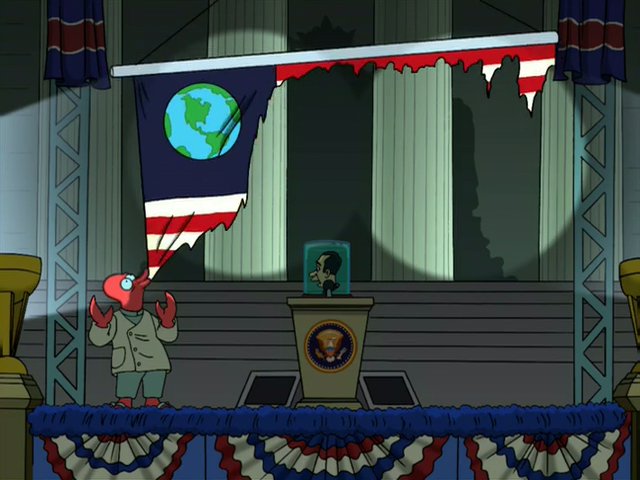
Matt Groening’s TV show Futurama (1999-2013) is set in the 31st century. What happened between now and the 31st century isn’t clear, but Futurama’s world government seems to be based on the U.S. government of today. Groening’s vision of a future United States isn’t much more optimistic than Stapledon’s—the Earth and the Democratic Order of Planets dole out carnage on planetary scales. Groening and his writers play the atrocities for laughs. Ha ha.
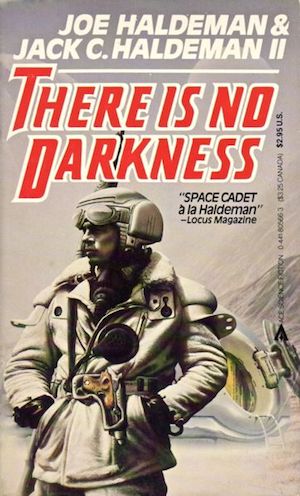
In Joe and Jack C. Haldeman’s There Is No Darkness, English is an obscure language, spoken only on backwater worlds and a few places on Earth. We don’t know exactly when the book takes place, as year zero has been set to the founding of the (future) Confederacion. We are told the year is A.C. 354.
What we see of a future Texas suggests that it’s still as recognizably American as Justinian’s Constantinople would have been recognizably Roman. While the region seems a bit down at heel, it’s also one of the more optimistic takes on a future America.
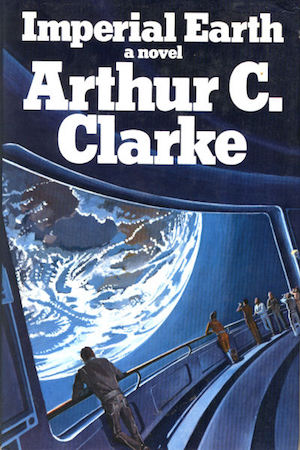
Arthur C. Clarke’s Imperial Earth is an odd duck in a number of ways. Clarke is not the name that leaps to mind when one thinks “romance,” but much of this book concerns a romantic triangle. Duncan (easily led), his chum Karl (bright but emotionally fragile), and Calindy (spoiled rich girl). It does not end well.
The Earth in Imperial Earth is also home of a future America in which one might conceivably want to live. True, this book’s future is only 2276 (257 years from now). So it probably all went downhill from there.
Have I overlooked some obvious example of an SF novel set in a long-lived US? Feel free to correct my oversight in comments.
In the words of Wikipedia editor TexasAndroid, prolific book reviewer and perennial Darwin Award nominee James Davis Nicoll is of “questionable notability.” His work has appeared in Publishers Weekly and Romantic Times as well as on his own websites, James Nicoll Reviews and Young People Read Old SFF (where he is assisted by editor Karen Lofstrom and web person Adrienne L. Travis). He is a finalist for the 2019 Best Fan Writer Hugo Award, and is surprisingly flammable.










